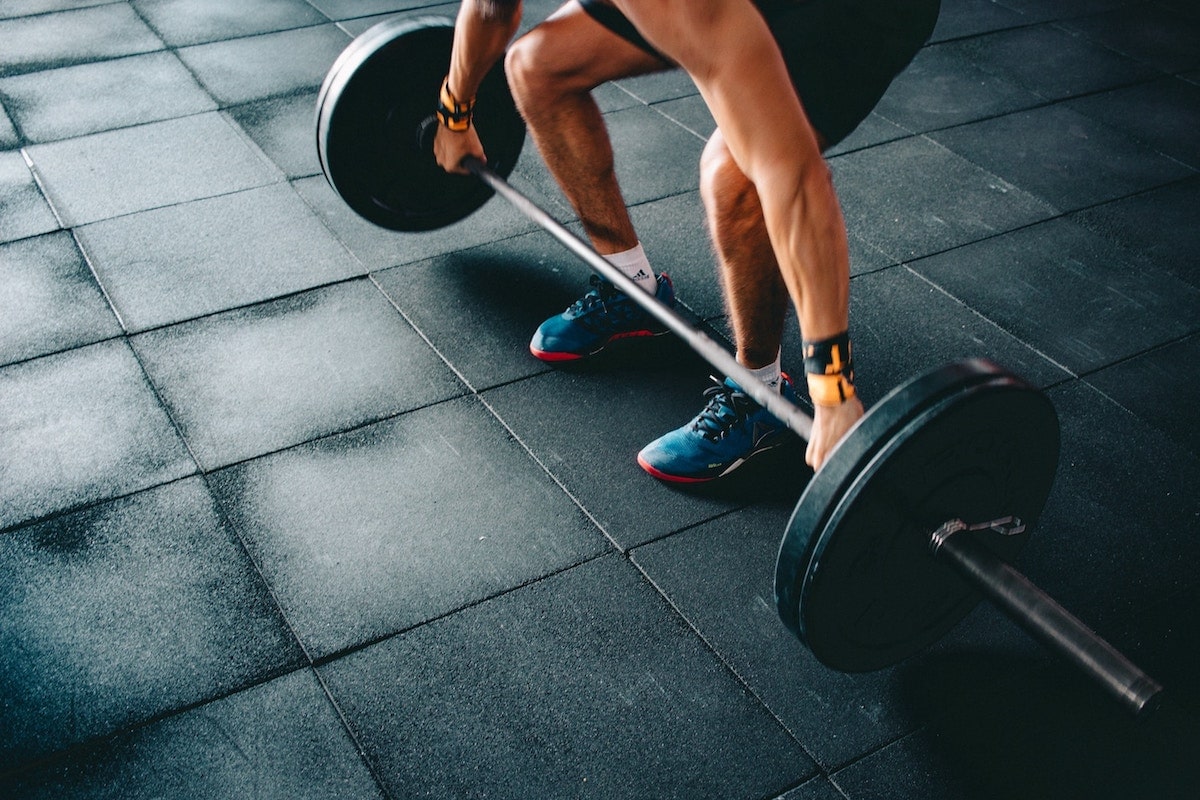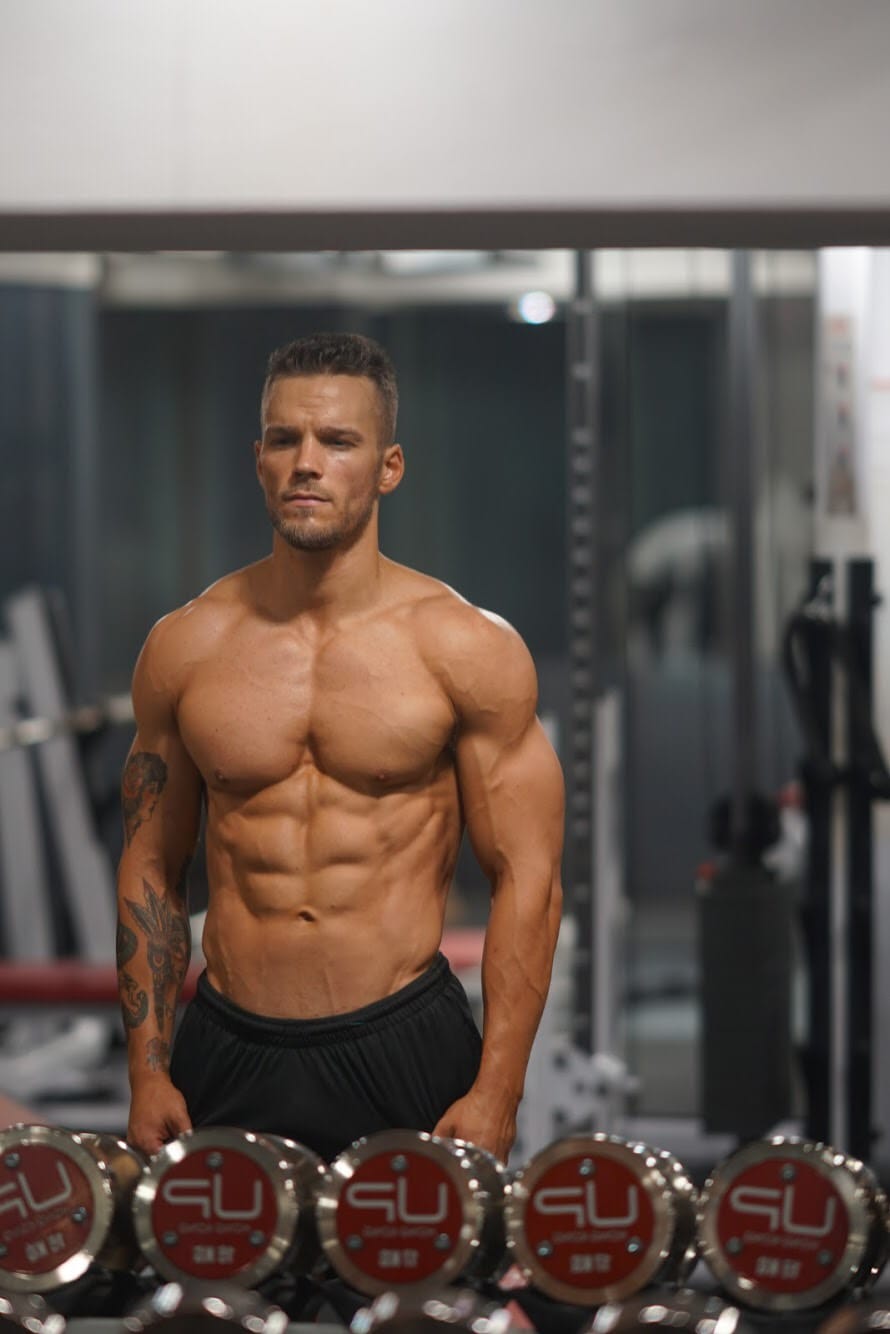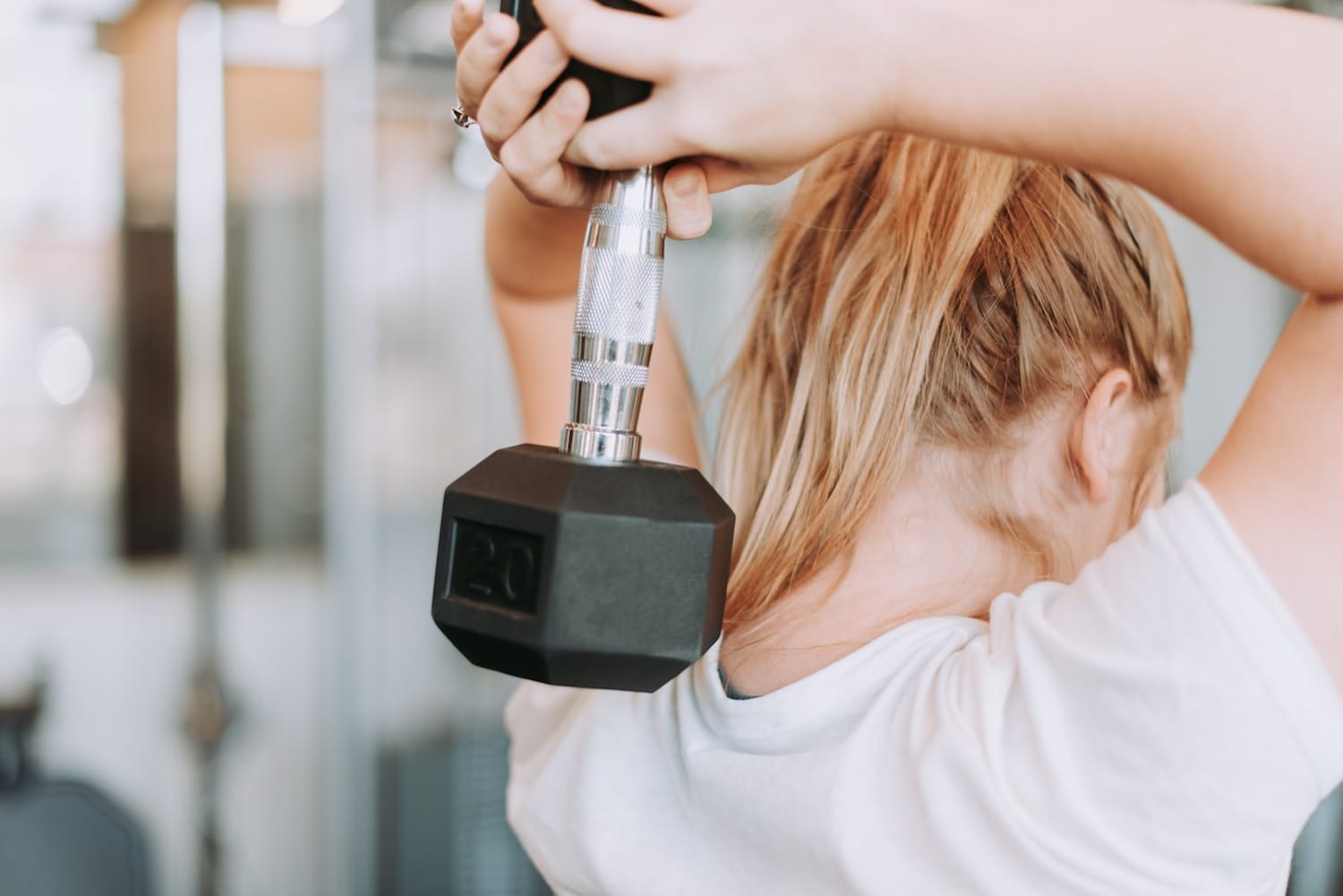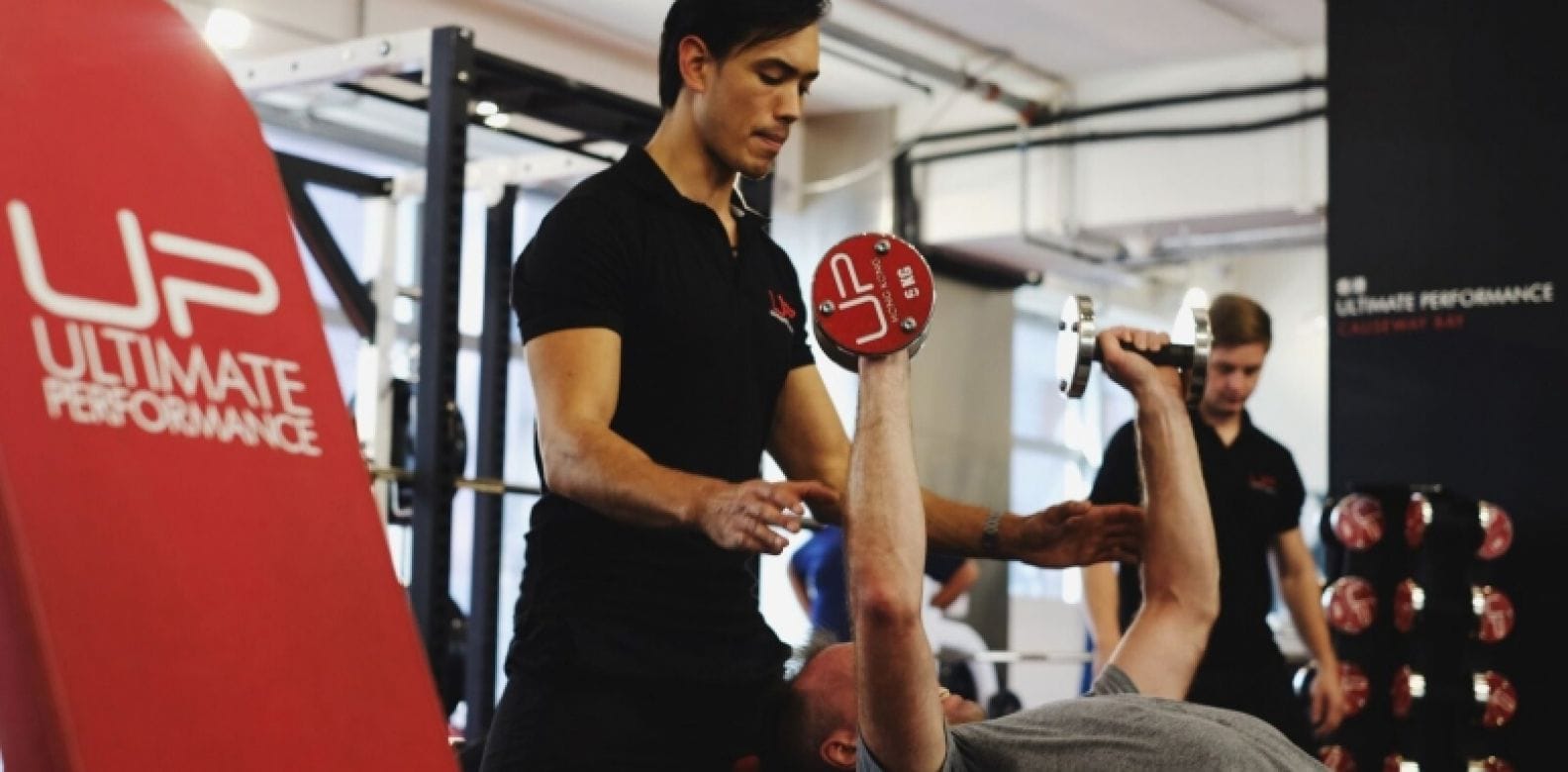Let’s face it, the majority of people trying to get into shape have little idea what they are doing in the gym. Survey any commercial gym and you’ll find individuals who have been spinning their wheels without much to show for it. Now, while there is no such thing as a perfect training plan, there are underlying principles that can be implemented to get the most out of your gym visits. Ultimate Performance personal trainer Matthew Leeb shares the tools you need to pursue the optimal routine for you and your weight training goals.
Have a goal and track your progress
The first step toward optimising your training is to be clear about what you are trying to achieve. Many people go to the gym with no plan at all and this randomness completely undermines a primary principle of strength improvement which is progressive overload. Training acts as a stressor on the body in order to elicit an adaptation. To make improvements, you must consistently deliver a sequentially more challenging stimulus. Think of each visit to the gym as a chance to beat your previous best and unless you have a wonderful memory it is unlikely that you will be able to recall the weights you lifted previously: this is where tracking your progress comes in.
Using a training journal to record your workouts will allow you to track improvements and give you further accountability. For the best results, you must have a goal and keep detailed records of your workouts.
See also: What You Need To Know About Body Composition

Decide how frequently to train
Don’t fall into the trap of thinking you need to spend hours a week in the gym to make progress. Training is important, but you need to be realistic and balance it with other commitments for it to be sustainable. Training three to four times per week for approximately one hour using either full body workouts or an upper/lower split will yield effective results for beginner and intermediate lifters.
At Ultimate Performance, we use full body routines with new clients because this allows them to train each major muscle group more than once per week and increases blood circulation in the body via a mechanism known as peripheral heart action.

Focus on compound and multi-joint movements
Full body workouts should include an exercise for each of your major muscle groups (chest, back, quadriceps, glutes and hamstrings). When selecting exercises understand that no exercise is mandatory and that you should choose movements that suit your ability level and allow you to train hard from the onset.
With that said, the majority of the exercises selected should be compound ones. These multi-joint movements stimulate the most muscle mass and impose a greater desirable adaptive stress on the body’s systems versus isolation movements. Begin your workout with these more demanding foundational exercises and spend time at the end of your session training any target areas you have with isolation movements—like this example.
See also: The 5 Biggest Obstacles Hindering Your Fat Loss Goals

Push yourself
You don’t expect a raise at your job without putting in some hard work so why would you expect to get into great shape without persistent effort? As was mentioned before, weightlifting acts as a stressor to the body in order to elicit an adaptation. The implication here is that your workouts need to be challenging enough to force your body to change. So put down the mobile phone at the gym and channel your energy into your workout. Lifting weights is not a mindless activity because the purpose of any exercise is not to thoughtlessly move a weight from point A to point B.
Instead, the purpose is to improve your muscular contraction so you should be concentrated on what you are doing in order to develop a mind-muscle connection and improve coordination. Limiting rest times, utilising a slow tempo, and minimising momentum during exercises are all simple ways to get more out of your training.
See also: Where To Workout: Hong Kong’s Top HIIT Movement Gyms

Invest in professional guidance
It is very common for people to use celebrities or professional bodybuilders for their sole source of fitness information and advice. While doing this for inspiration is great, I would caution getting carried away replicating exactly what they do. It’s important to realise what works for them may not be the best approach for you—and always make sure the source of any information is credible.
If you find the sound of that overwhelming, then I highly recommend considering investing in an educated personal trainer or a user-friendly book on strength training. If you’re looking for a definitive guide to success in the gym then be sure to pick up a copy of Ultimate Performance founder Nick Mitchell’s book Principles of Muscle Building Program Design. Distilled from our experience as the world’s leading results producing trainers, Volume 1 of the UP Encyclopaedia of Personal Training gives you everything that you need to know to understand and create your own resistance training workouts.
For more information on the training methods utilized at Ultimate Performance check out upfitness.com.hk.



